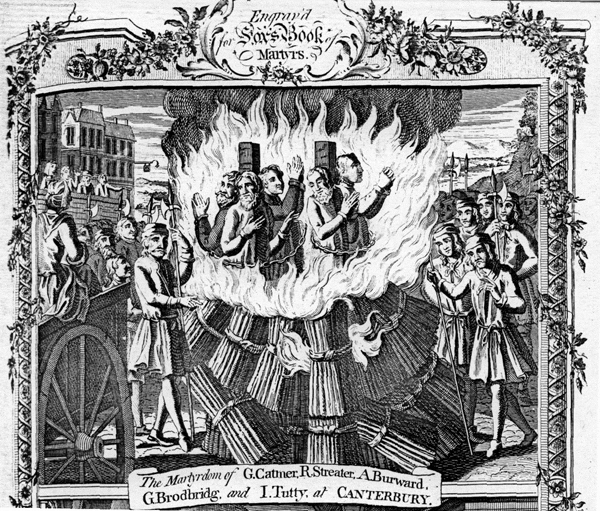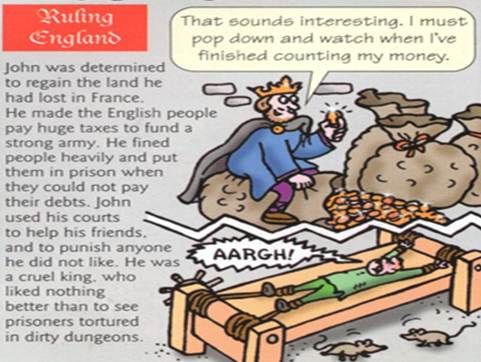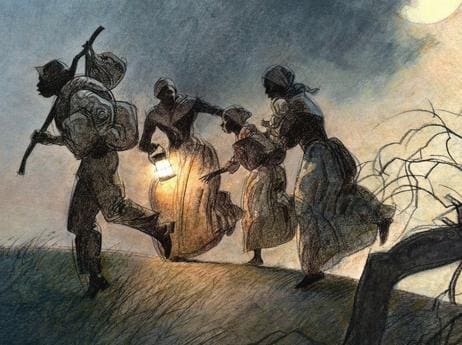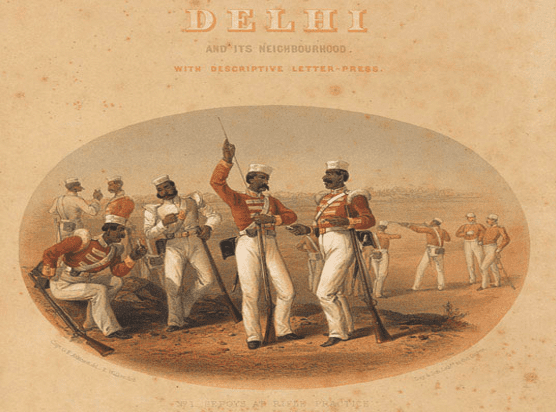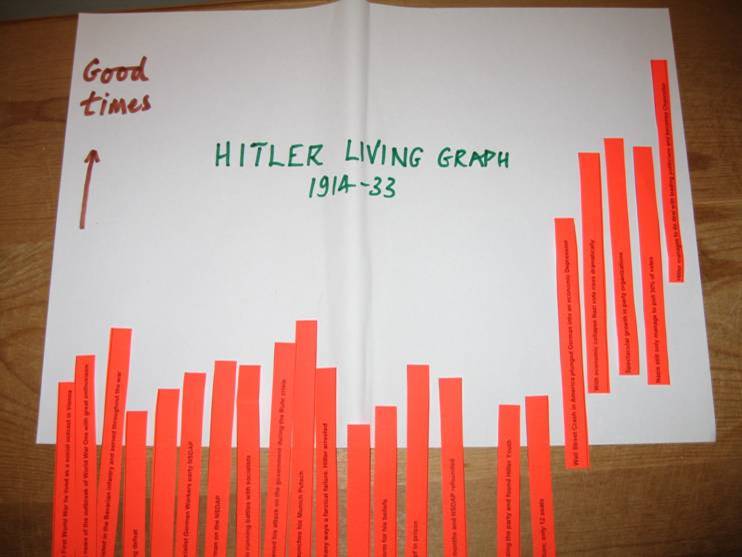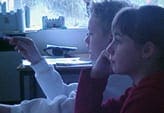
This section of the site has been designed to bring greater variety to learning and to work towards making pupils more independent learners. OFSTED’s surveys of secondary history teaching, History in the Balance and History for All ( 2011) are clear enough. One of their leading criticisms is the predominance of direct input by teachers, with pupils having little to do beyond sitting and listening. There is a place for good exposition by teachers, but too often pupils are not given enough opportunity to ask questions, identify evidence and work out the story for themselves. This is often exacerbated by classroom layouts that do not lend themselves to pupils being active learners, working independently or in groups
With the new curriculum’s greater emphasis on enquiry work in which pupils ask as well as answer questions and work collaboratively on problem-solving tasks, the situation should improve.
This site’s contribution to more enquiry-based learning is to extend the repertoire of learning activities that teachers use and to offer some really imaginative ideas. That applies to the products of learning too, where for far too long we have offered quite a restricted diet.
Have a close look at the roles for learners section which identifies 20 different ways in which pupils can take on a role other than a pupil. The pioneering and influential work of Dorothy Heathcote has emphasized the need to think about the ‘mantle of the expert’. How can we make the learning more real? How can we place the pupils in a more interesting situation? Can they be a museum curator, a film director a TV programme reviewer? Many of these approaches are not just interesting, they are also highly effective, not least in helping pupils grasp the idea of historical interpretations. As you know this is still one of the worst taught of the ‘key elements’ of history. We need to be more adventurous in our teaching rather than simply looking at contrasting sources in a textbook and expecting pupils to be fascinated by what must seem a quite arcane debate.
As the personalized learning agenda takes even firmer hold, so the number of examples of successful practice will grow. We will be featuring outstanding uses of the VLE as well as showing how to make the most of pupil choice. To date some of the examples offered nationally have been less than compelling, so I am waiting for better practice to emerge. You will appreciate that the site is based firmly on best practice that has worked rather than things that might!

